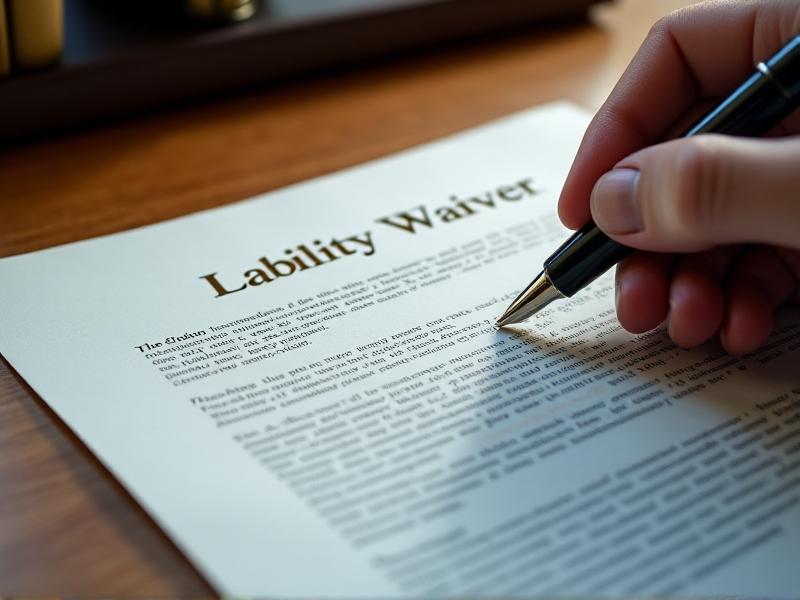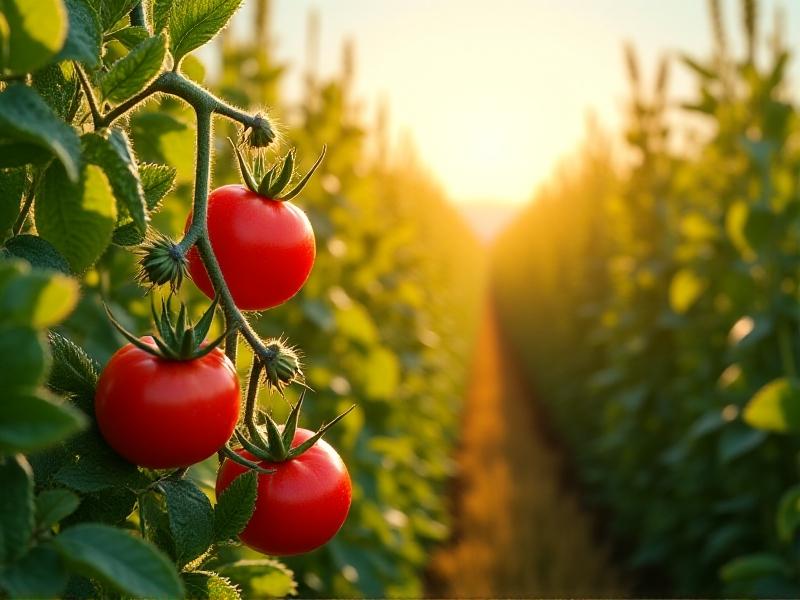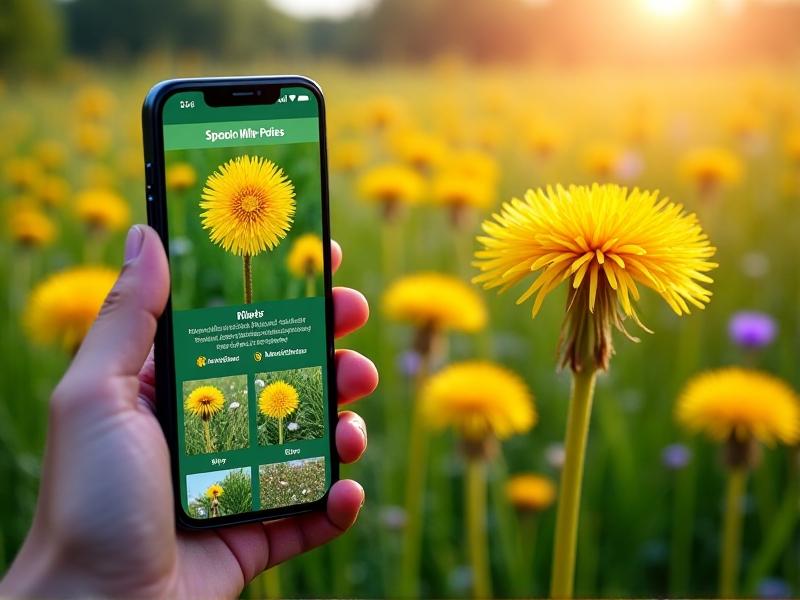Liability Waivers: Protecting Foragers and Landowners During Harvests
Understanding Liability Waivers in Foraging
Foraging, the act of gathering wild food resources, has seen a resurgence in popularity as people seek to reconnect with nature and source sustainable food. However, this activity comes with inherent risks, both for the forager and the landowner. Liability waivers serve as a crucial legal tool to mitigate these risks. They are legally binding agreements where the forager acknowledges the potential dangers and agrees not to hold the landowner responsible for any injuries or damages incurred during the harvest.
These waivers are particularly important in areas where foraging is permitted on private property. Landowners may be hesitant to allow foragers onto their land due to fears of lawsuits in case of accidents. A well-drafted liability waiver can provide peace of mind, encouraging landowners to open their properties to foragers while protecting themselves from legal claims.

The Legal Framework Behind Liability Waivers
Liability waivers are rooted in contract law, requiring mutual consent and understanding between the parties involved. For a waiver to be enforceable, it must be clear, concise, and specific about the risks involved. Courts often scrutinize these documents to ensure that the forager was fully informed and voluntarily agreed to the terms.
However, waivers are not foolproof. They cannot protect landowners from claims of gross negligence or intentional harm. For example, if a landowner knowingly allows foraging in an area with hazardous conditions without warning, the waiver may not hold up in court. Therefore, it’s essential for landowners to maintain safe conditions and provide adequate warnings to foragers.
Legal jurisdictions also play a role in the enforceability of waivers. Some states or countries have stricter regulations, making it more challenging to enforce these agreements. Consulting with a legal professional to draft a waiver tailored to local laws is highly recommended.

Benefits of Liability Waivers for Foragers
Foragers often view liability waivers as a necessary step to gain access to prime foraging locations. By signing a waiver, they demonstrate their understanding of the risks and their commitment to responsible foraging practices. This can foster trust between foragers and landowners, leading to more opportunities for sustainable harvesting.
Waivers also encourage foragers to take personal responsibility for their safety. Knowing that they cannot hold the landowner liable for accidents, foragers are more likely to exercise caution and follow safety guidelines. This not only reduces the risk of injuries but also promotes a culture of respect for the land and its resources.
Additionally, waivers can include clauses that outline acceptable foraging practices, such as avoiding endangered species or minimizing environmental impact. This helps ensure that foraging activities are conducted in an ethical and sustainable manner.

Protecting Landowners Through Liability Waivers
For landowners, liability waivers are a vital tool for protecting their interests. Allowing foragers onto their property can expose them to significant legal risks, particularly if an accident occurs. A well-crafted waiver can shield them from liability, provided they have taken reasonable steps to ensure the safety of their property.
Waivers also provide an opportunity for landowners to set clear expectations for foragers. By outlining specific rules and guidelines, they can minimize the risk of damage to their property or harm to the ecosystem. For example, a waiver might prohibit foraging in certain areas or during specific times of the year to protect wildlife habitats.
Moreover, waivers can help landowners manage their relationships with foragers. By establishing a formal agreement, they can create a sense of mutual respect and understanding, reducing the likelihood of conflicts or misunderstandings.
Common Pitfalls in Drafting Liability Waivers
While liability waivers are essential, they are not without challenges. One common pitfall is using generic or overly broad language. A waiver that fails to specify the risks involved or the activities covered may be deemed unenforceable in court. It’s crucial to tailor the document to the specific context of foraging on the property.
Another issue is ensuring that the waiver is presented in a way that the forager can fully understand. Legal jargon or complex language can confuse participants, potentially invalidating the agreement. Using clear, straightforward language and providing an opportunity for questions can help ensure that the forager is fully informed.
Finally, waivers must be signed voluntarily. Coercion or pressure to sign can render the agreement invalid. Landowners should ensure that foragers have ample time to review the document and make an informed decision.
Case Studies: Liability Waivers in Action
Examining real-world examples can provide valuable insights into the effectiveness of liability waivers. In one case, a landowner in Oregon allowed foraging on their property but required participants to sign a waiver. When a forager slipped and injured themselves, the waiver protected the landowner from liability, as the document clearly outlined the risks of uneven terrain.
In another instance, a forager in California accidentally harvested a protected plant species. The waiver included a clause prohibiting the collection of endangered plants, and the landowner was able to avoid legal repercussions by demonstrating that the forager had agreed to the terms.
These cases highlight the importance of well-drafted waivers and the need for clear communication between landowners and foragers. They also underscore the role of waivers in promoting responsible foraging practices and protecting both parties involved.
Best Practices for Implementing Liability Waivers
To maximize the effectiveness of liability waivers, landowners should follow best practices. First, consult with a legal professional to ensure the document complies with local laws and addresses all potential risks. Tailoring the waiver to the specific property and foraging activities is essential.
Second, present the waiver in a clear and accessible manner. Use simple language and provide explanations for any legal terms. Offering the document in multiple formats, such as print and digital, can also make it easier for foragers to review and sign.
Finally, maintain open communication with foragers. Encourage them to ask questions and express any concerns before signing the waiver. Building a relationship based on trust and transparency can enhance the overall foraging experience and reduce the likelihood of disputes.
The Future of Liability Waivers in Foraging
As foraging continues to grow in popularity, the role of liability waivers will likely evolve. Advances in technology, such as digital signatures and online platforms, may streamline the process of creating and signing waivers. This could make it easier for landowners to manage agreements and for foragers to access new locations.
Additionally, increased awareness of the importance of sustainability and environmental protection may lead to more comprehensive waivers that address these concerns. For example, waivers could include clauses requiring foragers to participate in conservation efforts or report any environmental damage they encounter.
Ultimately, liability waivers will remain a critical tool for balancing the interests of foragers and landowners. By fostering a culture of responsibility and mutual respect, they can help ensure that foraging remains a safe, sustainable, and enjoyable activity for all involved.








